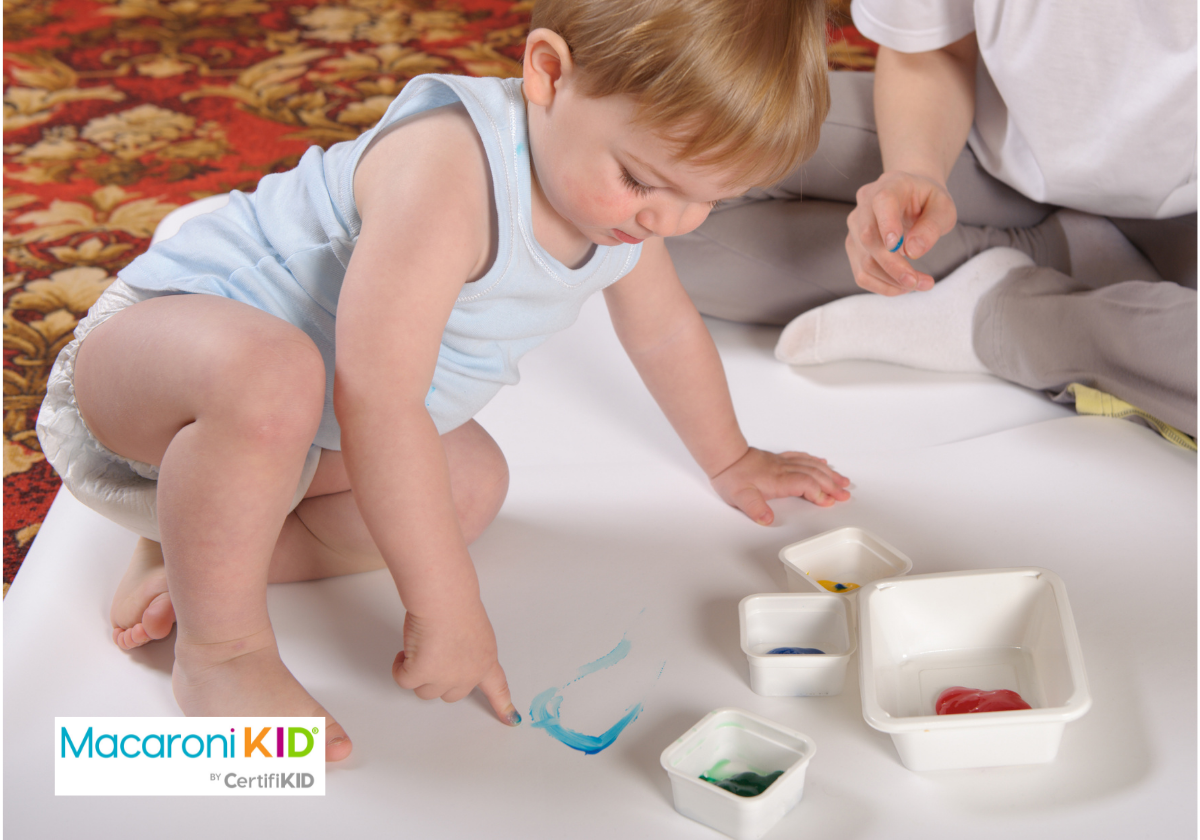Wondering what writing development looks like from the toddler to preschool years? As a certified elementary teacher, school psychologist, and school leader, I get this question a lot from parents of friends and family who are wondering if their young child is progressing normally when it comes to writing development. Here's what I share with them.
Writing Development from Toddler to Preschooler
Learning how to write is a life skill that your children will use for the rest of their lives. The development typically looks like this:
1-2 years: Scribbling
2-3 years: Copying vertical line, horizontal line, circles
3-4 years: Drawing circles when asked without a model
4-5 years: Copying a cross, square, right, and left diagonal lines, X shape, certain letters/numbers, first name, basic face (eyes, nose, mouth)
5-6 years: Name, copying upper/lowercase letters, draw a person with multiple body parts
 |
Writing activities for preschoolers
Want to encourage your child's writing development? The three activities here help children to develop fine motor skills. Fine motor skills involve using the small muscles in your wrists and hands to write. Here are three easy and engaging writing activities you can do at home with your preschooler:
1. Sand writing
Sand writing is a fun way to help your preschooler learn the correct movements that go with writing. Other options could be using salt, candy sprinkles, etc. Kids really enjoy this activity and sensory exercise.
2. Finger painting
Finger painting is another option to practice their writing skills. You can draw the letters out on paper and have the children form the letters with their painted fingers. Any alternative is using the medium of shaving cream. Furthermore, cotton swab painting is another way for a child to practice writing by using their pincer grip.
3. Coloring books
Let your child scribble and have fun with coloring books while encouraging them to stay within the lines.
 Getty Images via Canva Getty Images via Canva |
Amanda Gervera is a school psychologist and the publisher of Macaroni KID Watertown-Oswego, N.Y.



